*** Proof of Product ***
Exploring the Essential Features of “Wound Skills Demonstration Lab: Negative Pressure Wound Therapy & Wound/Fistula Managers – Joan Junkin”
Using lecture and demonstration this recorded session will provide special tips and essential information to improve knowledge and skills in hands-on aspects of caring for a wound. Information about wound measurement and cleansing will be shared based on questions the speaker has received the past 15 years during seminars. Negative pressure wound therapy options are presented including the comparison of the various disposable systems. Troubleshooting will be easier with knowledge about various tools available for special situations such as open abdomen, fistulas, infected wounds needing instillation and therapy for closed incisions. When NPWT is not available for highly exudating wounds a wound manager is a viable option. There are various styles to consider as well as occasional use of ostomy pouches on a wound. This demonstration-based recording is guaranteed to advance your current wound care knowledge!
Speaker:
Joan Junkin, RN, MSN, was introduced to wound care as a research analyst for the AHCPR (now AHRQ) panel that created the first ever pressure ulcer treatment guideline. After wound education and certification, she was the wound clinical nurse specialist for a 500-bed hospital and spent 10 years building an outpatient and inpatient program to improve wound outcomes. She conducted and published the first research documenting incontinence associated dermatitis prevalence in acute care and has published in several nursing and wound journals. Since 2008 she has devoted her time to teaching in 49 states and 5 provinces in Canada. This, along with her wound consulting business gives her a broad perspective. Joan is passionate about sharing essential information for healthcare providers with just enough humor to help navigate this challenging topic.
Speaker Disclosures:
Financial: Joan Junkin is an independent contractor. She receives a speaking honorarium from Sage, a Stryker company. Joan Junkin receives a speaking honorarium and recording royalties from PESI, Inc. All relevant financial relationships with ineligible organizations have been mitigated.
Non-financial: Joan Junkin is a member of the Association for Advancement of Wound Care.
Objectives:
- Determine essential steps of wound bed preparation.
- Demonstrate initial application and removal of negative pressure wound therapy.
- Choose appropriate tools for achieving a reliable seal with negative pressure wound therapy drape.
- Evaluate tools to meet special negative pressure wound therapy needs such as open abdomen, skin grafts, closed incisions and wounds needing instillation of solutions.
- Compare pros and cons of various styles of wound/fistula manager pouches available for highly exudating wounds.
Outline:
- Negative Pressure Wound Therapy: Prior to Initial NPWT Placement
-
- Assess wound size and depth to determine dressing size
- Check for contours that may present challenges for a reliable seal
- Assess wound readiness for NPWT-
- Review contraindications
- Check anticoagulant status if indicated
- Is a debridement plan needed for necrotic tissue
- Assess need to protect exposed organs, tendons, bone, nerves or blood vessels
- Negative Pressure Wound Therapy: Initiation of Therapy
-
- Proper wound cleansing
- Open foam or gauze for wound
- Dressing sizing for skin and tunneling
- Compare techniques for best obtaining a reliable seal
-
-
- Thin hydrocolloid frame
- Ostomy barrier rings or strips to fill creases or for moist areas
- Durable skin barrier wipes
- Special silicone/acrylic drape for those with very fragile skin
-
-
- Cutting drape to fit
- Continuous vs. intermittent indications
- Negative Pressure Wound Therapy: Removal of Dressing
-
- Let wound decompress
- If foam/gauze difficult or painful to remove, instill saline or wound cleanser
- Consider using a perforated interface at wound surface for next application
- Negative Pressure Wound Therapy: Tools for Special Needs
-
- Open abdomen dressings and fistula management tools
- Skin graft bolstering
- Incision management systems
- Instill therapy and dressings to allow best solution distribution and exudate flow
- Interface materials that can be used at wound surface for pain reduction and for antimicrobial properties
- Wound/Fistula Managers
-
- Great for high exudate when NPWT not available/appropriate
- Compare varieties available including use of ostomy pouches for wound exudate containment
- Application of various styles including those able to attach to bedside drainage bag for extra high output
Target Audience:
- Nurses
- Nurse Practitioners
- Occupational Therapists
- Occupational Therapy Assistants
- Physical Therapy
- Physical Therapy Assistants
- Physicians
- Physicians Assistants
- Podiatrists
Please see the full list of alternative group-buy courses available here: https://lunacourse.com/shop/

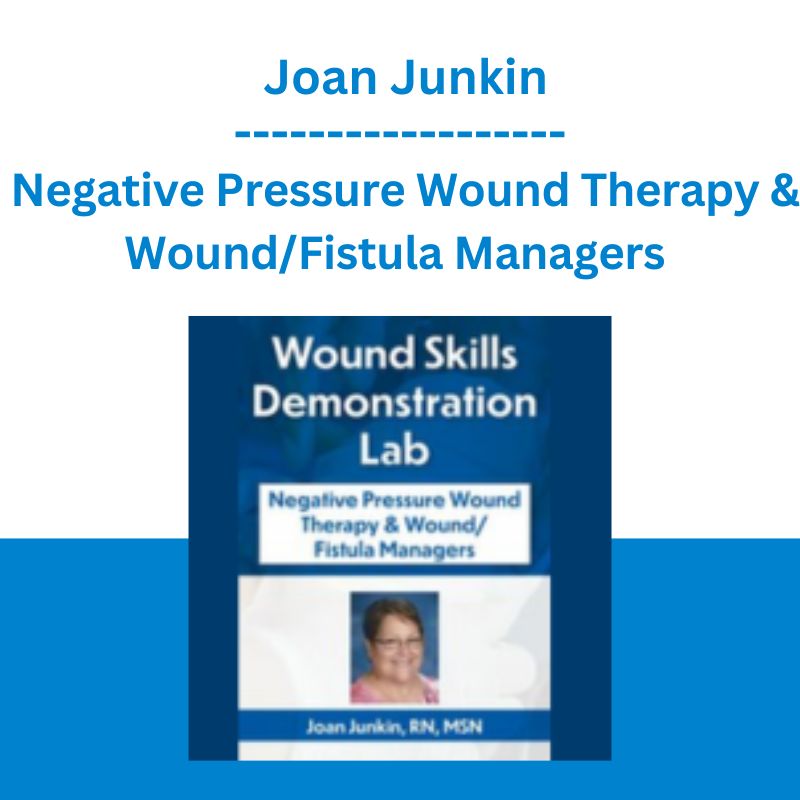


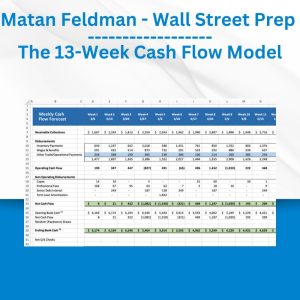





 Forexmentor - Recurring Forex Patterns
Forexmentor - Recurring Forex Patterns  Julie Stoian & Cathy Olson - Launch Gorgeous - Funnel Gorgeous Bundle
Julie Stoian & Cathy Olson - Launch Gorgeous - Funnel Gorgeous Bundle  Toshko Raychev - Profit System + ITF Assistant
Toshko Raychev - Profit System + ITF Assistant 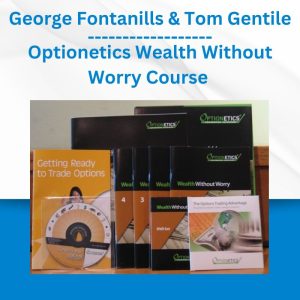 George Fontanills & Tom Gentile - Optionetics Wealth Without Worry Course
George Fontanills & Tom Gentile - Optionetics Wealth Without Worry Course 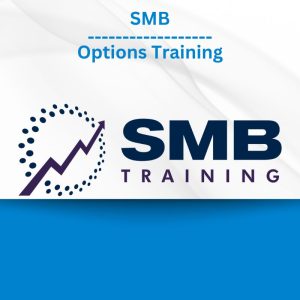 SMB - Options Training
SMB - Options Training  Fred Haug - Virtual Wholesaling Simplified
Fred Haug - Virtual Wholesaling Simplified  Master Teresa Yeung - How to Send Fa Chi Healing to Others Level 1
Master Teresa Yeung - How to Send Fa Chi Healing to Others Level 1  Akil Stokes & Jason Graystone - TierOneTrading - Trading Edge 2019
Akil Stokes & Jason Graystone - TierOneTrading - Trading Edge 2019 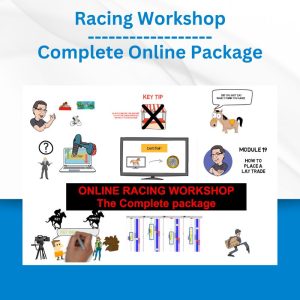 Racing Workshop - Complete Online Package
Racing Workshop - Complete Online Package